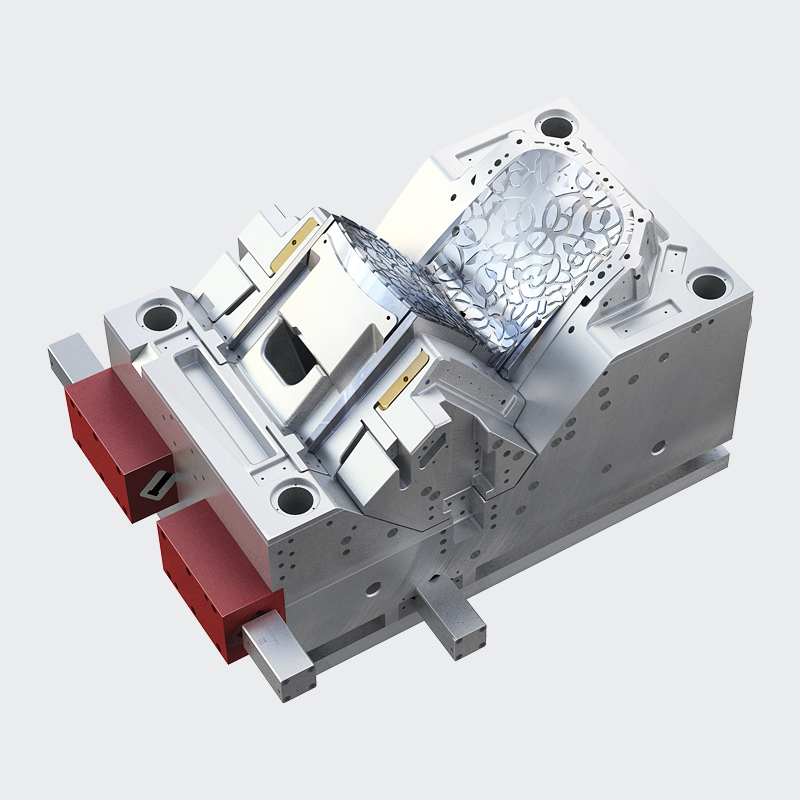Plastic products are more and more widely used, so the […]
Plastic products are more and more widely used, so the surface quality requirements of plastic molds are also higher, and mirror polishing is often required. The role of plastic mold polishing not only increases the beauty of the workpiece, but also improves the wear resistance and corrosion resistance of the material surface. At the same time, it can make the plastic products easy to demould and reduce the production injection cycle. Therefore, the role of plastic mold polishing is a very important process in the mold manufacturing process.
For example: the appearance of the plastic bottle is transparent and has a glass texture. After using the polishing process, it can increase the transparency and make the surface more smooth and delicate. The specific operation steps are to use sandpaper to remove the surface defects of the plastic tube blank, and then use 3M pyramid sandpaper. Grinding with a dry mill, and finally polishing with diamond paste, the products after these processes will be as shiny and transparent as glass, and these products are usually used for food packaging.

The mirror polishing process of the mold has met the appearance requirements of many products, and can also meet the customer's optical transmittance and optical clarity requirements. Mold mirror polishing can also solve the problems caused by the mold surface, and can further improve the corrosion resistance of the mold surface, including the wear resistance of the mold. Reduce some problems that occur when the mold is producing products. The mirror polishing process of the mold can also help the plastic product to be released from the mold more easily, so that the product can come out better and prevent the product from burring.
After running, each mold feels very clean, bright, and the flatness is guaranteed. Naturally, the molds produced are also relatively beautiful. Some molds are mirror polished and mechanically polished by cutting and protruding parts of the material. The equipment is generally hand-polished by using whetstone strips, wool wheels, etc., and some special tools need to be polished by using some auxiliary tools.